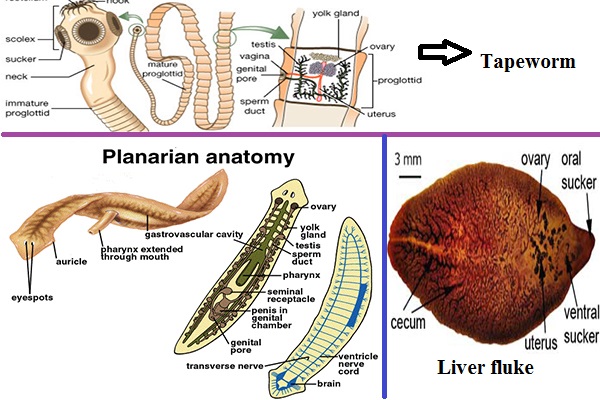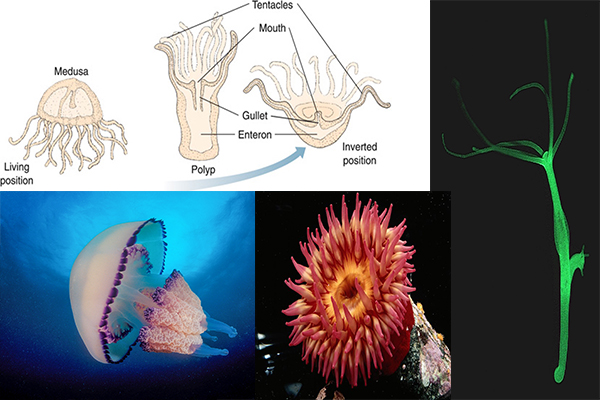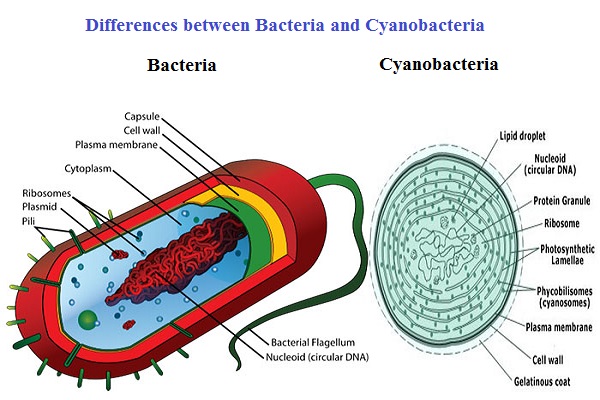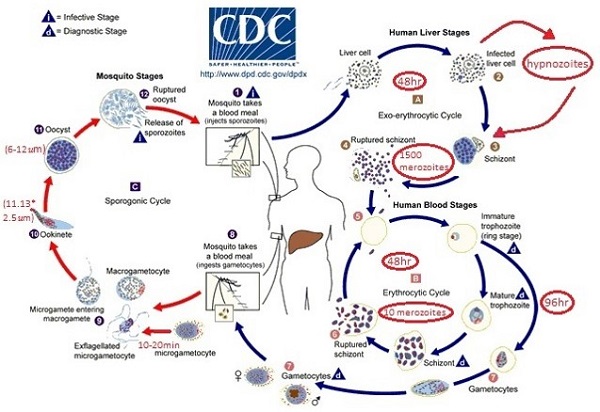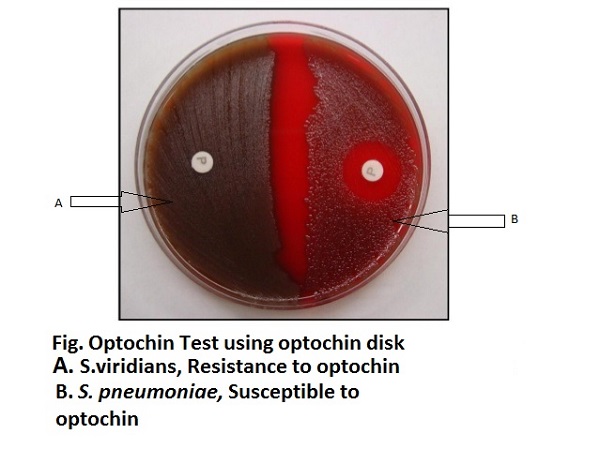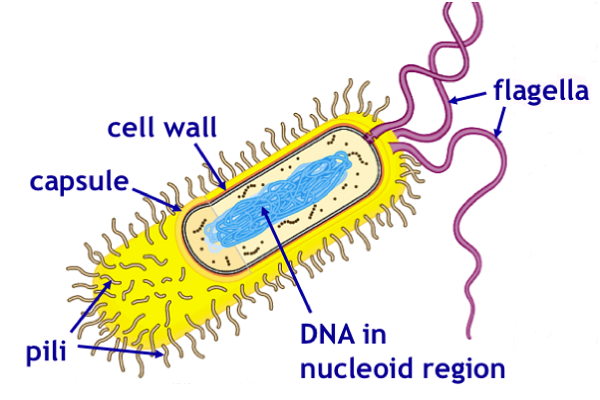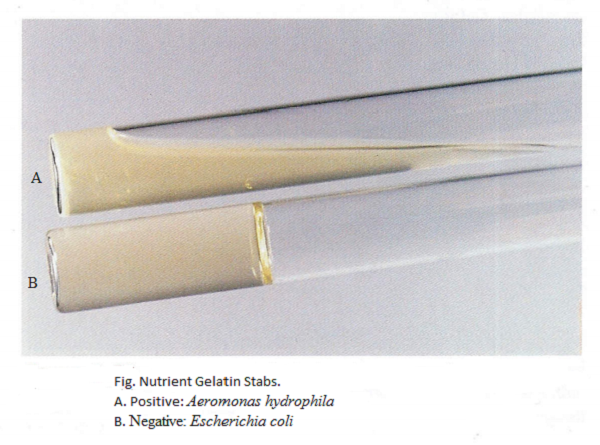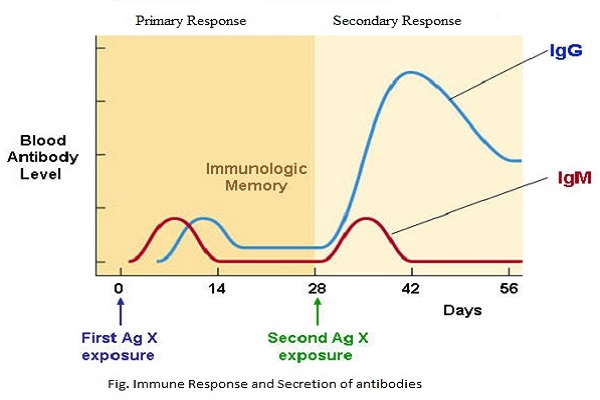General Characteristics of Phylum Nemathelminthes
Please rate this Please Rate 0 1 2 3 4 5 General Characteristics of Phylum Nemathelminthes Nemathelminthes or Aschelminthes (Nematos- thread/ Askos- bladder, helminthes- worm) They are commonly called thread worm or round worm. It is a phylum of unsegmented, triploblastic, pseudocoelomic, cylindrical or thread-like worms which are covered by a body wall having cuticle and epidermis. Hyman regarded Aschelminthes… Continue reading "General Characteristics of Phylum Nemathelminthes <span class="rating-result after_title mr-filter rating-result-325" > <span class="mr-star-rating"> <i class="fa fa-star mr-star-full"></i> <i class="fa fa-star mr-star-full"></i> <i class="fa fa-star mr-star-full"></i> <i class="fa fa-star mr-star-full"></i> <i class="fa fa-star-o mr-star-empty"></i> </span> <span class="star-result"> 4.23/5</span> <span class="count"> (292) </span> </span>"

